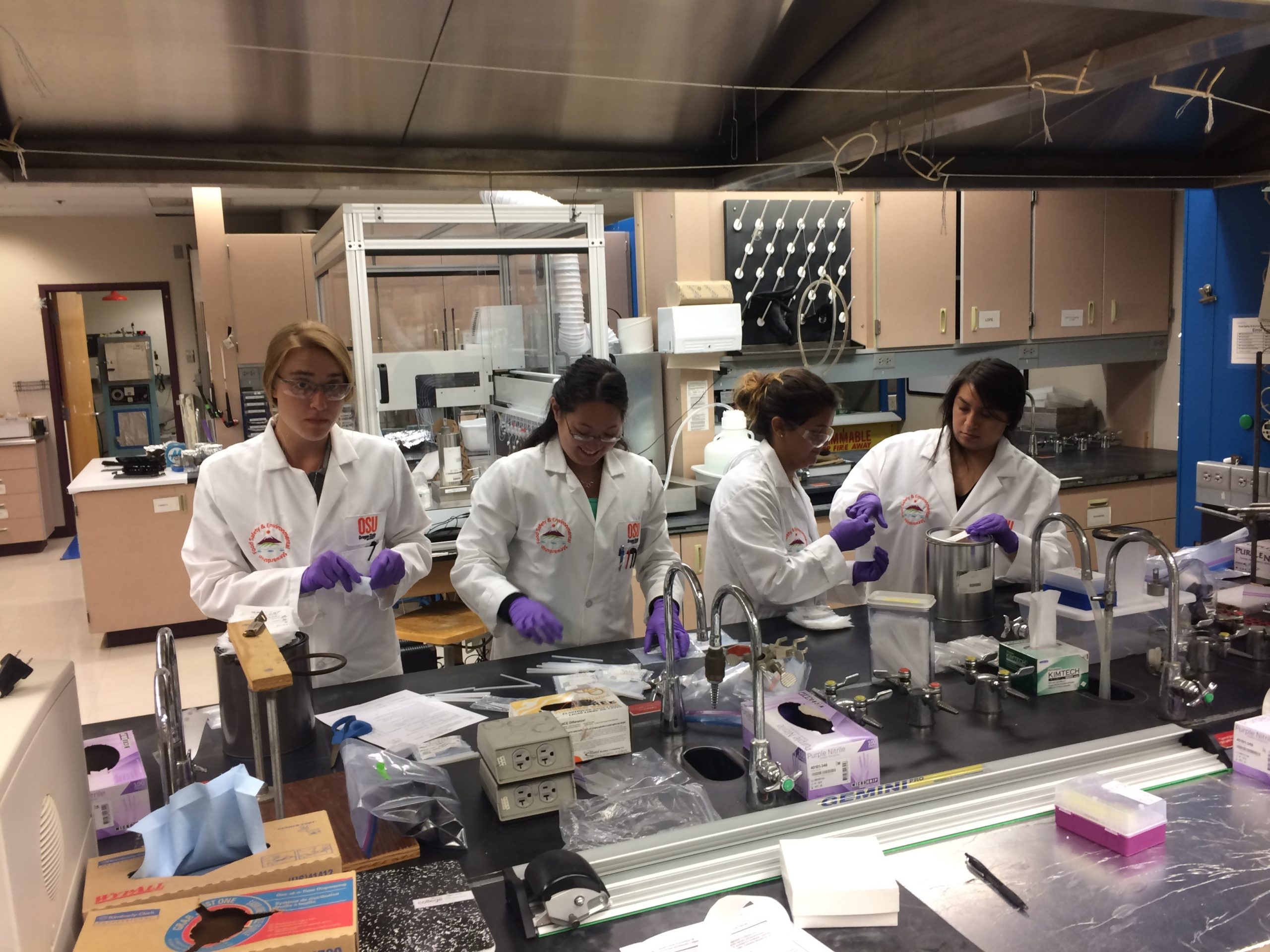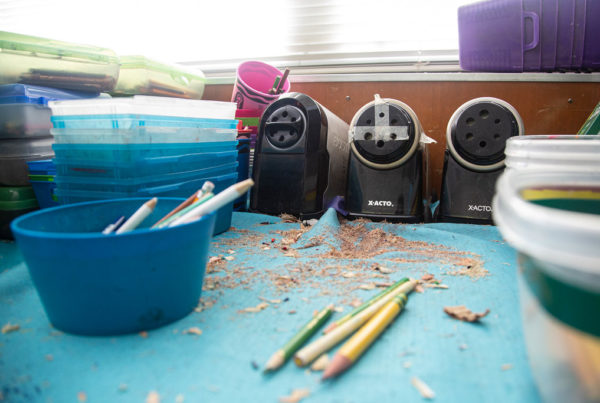After Hurricane Harvey drenched the Texas coast in 2017, rising water wasn’t the only danger to folks in the path of the storm.
With the Houston area a hub for industries like petroleum refining and chemical manufacturing, the hurricane also increased the risk of exposure to toxic materials. Now, the results of a unique study are helping researchers better understand the extent to which the storm exposed people to chemicals.
Kim Anderson, head of the environmental and molecular toxicology department at Oregon State University, spoke to Texas Standard about the experiment’s methods and results.
This transcript has been edited lightly for clarity:
Texas Standard: Tell us how you set up this experiment to measure chemical exposure after Hurricane Harvey.
Kim Anderson: Well, we’ve worked in other disaster situations – Deepwater Horizon, other chemical spills, railroad derailments. And so when the hurricane started approaching in Houston, we have a lot of colleagues down there and we worried that there might be some really detrimental effects from chemical exposures due to the hurricane. So once the hurricane actually mostly left – obviously it was a very slow-moving hurricane – we talked with both our colleagues and community organizations, if they were interested in having us come down and look at chemical exposures after the flooding.
And there was a lot of interest from the community organizations to invite us down. So we organized and came down and used a technology that we developed here at Oregon State, which is a wristband that you can wear, like a bracelet, and it absorbs chemicals that you’re exposed to while you’re wearing it. We looked at enrolling folks right after the flood. Actually, there was still flooding down there, and then we enrolled them a year later after the recovery.
How many people in all were wearing these wristbands?
We had several hundred people wearing wristbands. And then what this particular publication is about is looking at the people who wore them right after the flooding and a year later. So, there were about 100 of those folks that wore them at both time points.
How do you get data out of those wristbands?
Well, they’re a silicone wristband that you wear. You probably see them all over; lots of folks wear them. These are specially created to be chemical-free. And so we enroll folks and give them a wristband that’s in an airtight bag, and they take the wristband out of the airtight bag and wear it. So they absorb chemicals just like your body absorbs chemicals, whether it be through inhalation or through dermal.
So you just analyze the bands themselves and find out what compounds?
Yeah, exactly. They mail the bands back to us and we extract the chemicals that were in the wristband, which represents chemicals that they were exposed to while they work.
What types of chemicals did you detect, and what can you say about the general severity of the exposure?
We looked for about 1,500 different chemicals. So things like pesticides, flame retardants, personal care products. Another group of chemicals that we saw were called polycyclic aromatic hydrocarbons. Those have two sources: from the petroleum and from combustion. So, you know, in some sense we have some control over that. But obviously, in the area of Houston, you’re not going to shut down the petroleum industry. Chemicals that are used in industrial processes. Chemicals that are used in your homes. What we found is the chemicals that we detected, many of these were higher after the flood than a year later.
Were you able to get any sense of whether people there were exposed to potentially toxic levels of some of these compounds?
So some of the chemicals, we do have toxicity data, and there are a few that were higher during the Hurricane Harvey time period than what they were a year later. What’s interesting is for a lot of these chemicals, we don’t have a lot of toxicity data – as you can imagine, 1,500 chemicals that we looked for, many we don’t know what the toxicity is. And that’s kind of another sort of thing that’s of interest is that we do have exposures to chemicals during these disasters that we don’t necessarily have a lot of data for as to what the effects might be.
Can this data be used to help those individuals who wore the wristbands, or is this something more long-term that you’re using this data for?
Well, certainly there’s always the question of what are our exposures during these natural disasters, and we just haven’t known. So this is one of the first times where we have been able to measure right after a disaster and then a year later. And so this is sort of the first step of being able to mobilize quickly and get a measurement device into the hands of people who are either still flooded or in the cleanup process. So we can see what your exposures are. That’s just the first step. Then we have to see how much, for how long and what those chemicals are and what the toxicity is of those chemicals you’re exposed to. But this is the first step.














